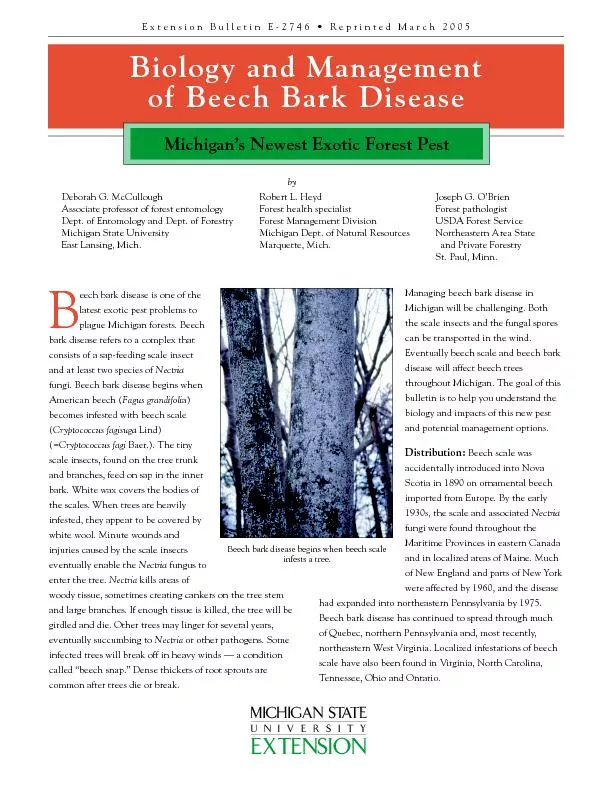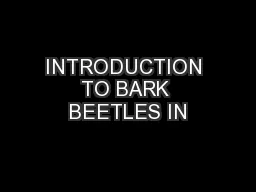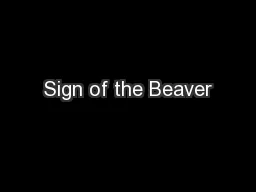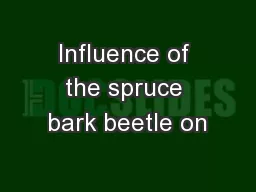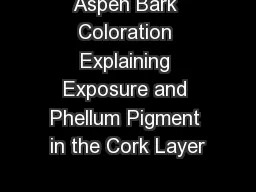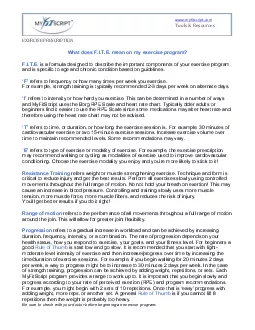PDF-bark disease refers to a complex that
Author : kittie-lecroy | Published Date : 2016-05-13
American beech Fagus grandifoli Lind Baer The tiny Nectria fungus to kills ardy tissue sometimes creating cankers on the tree stemand large branches If enough tissue
Presentation Embed Code
Download Presentation
Download Presentation The PPT/PDF document "bark disease refers to a complex that" is the property of its rightful owner. Permission is granted to download and print the materials on this website for personal, non-commercial use only, and to display it on your personal computer provided you do not modify the materials and that you retain all copyright notices contained in the materials. By downloading content from our website, you accept the terms of this agreement.
bark disease refers to a complex that: Transcript
Download Rules Of Document
"bark disease refers to a complex that"The content belongs to its owner. You may download and print it for personal use, without modification, and keep all copyright notices. By downloading, you agree to these terms.
Related Documents

